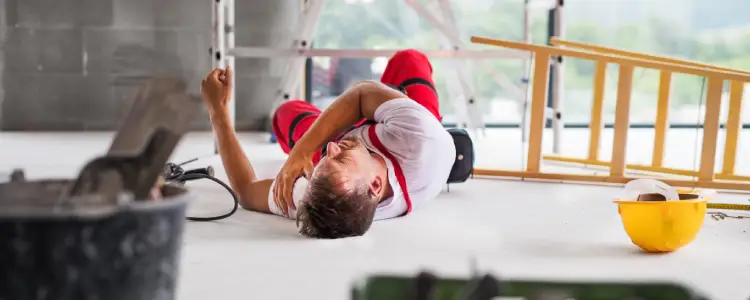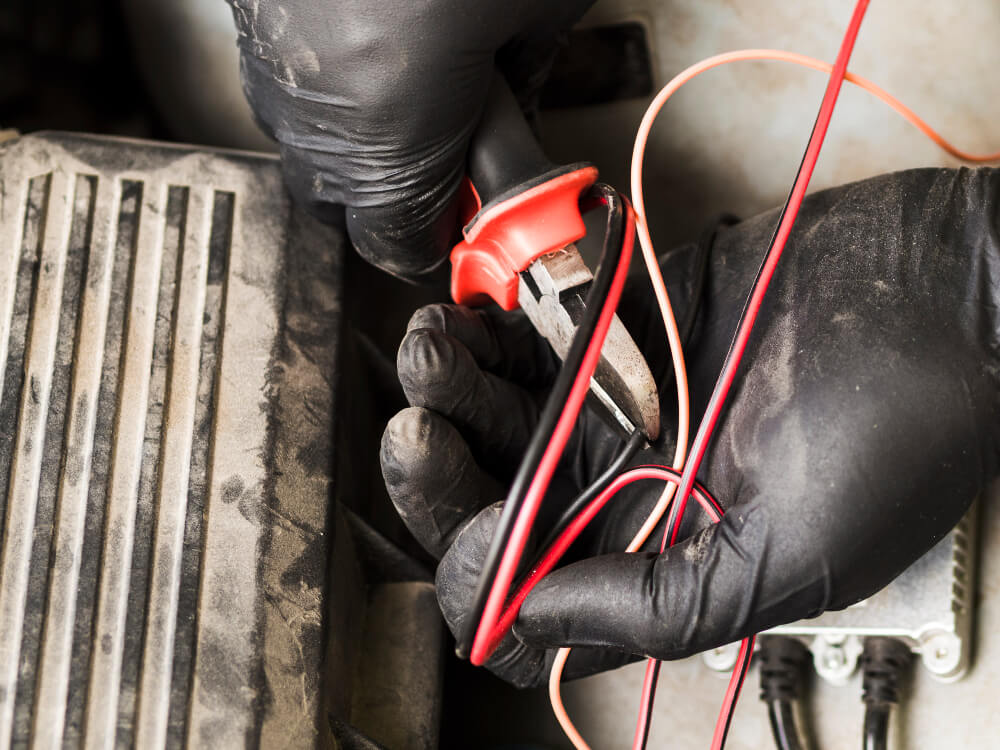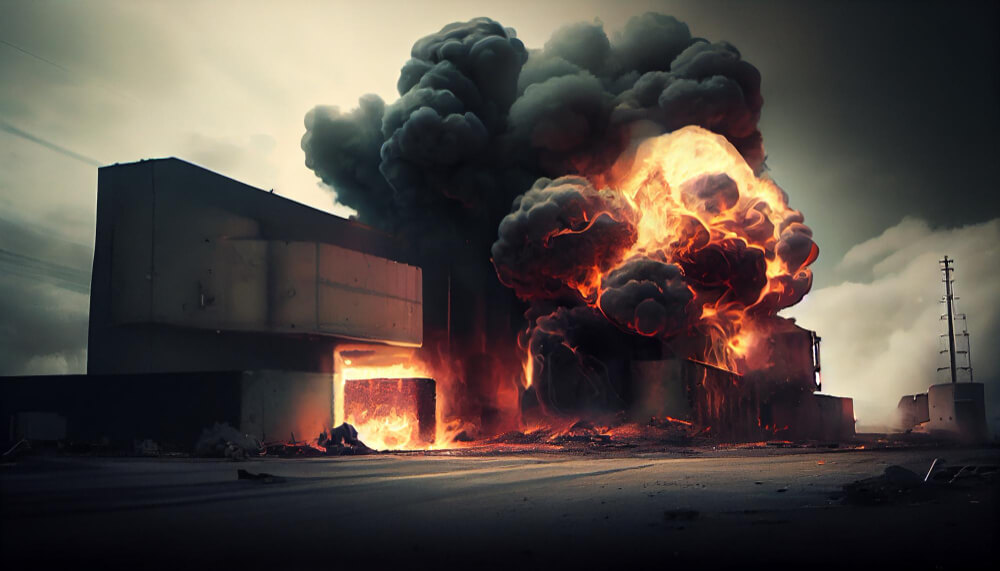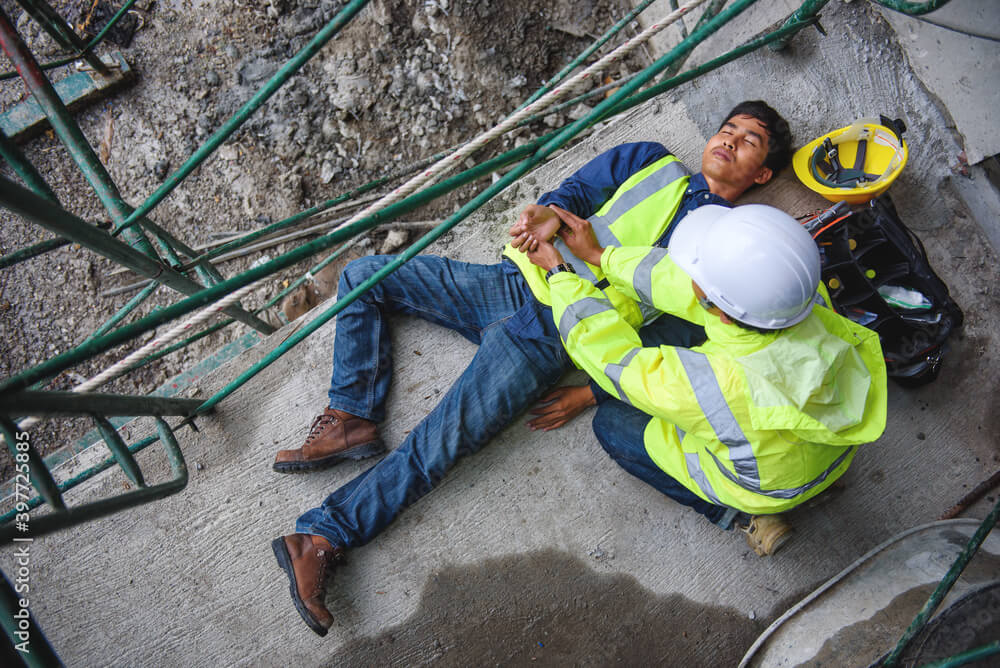- Bart Bernard
- Practice Areas
- Construction Accident
Construction Accident Lawyer

At Bart Bernard Injury Lawyers, we know true construction site “accidents” are rare. Our skilled construction accident lawyers can help determine liability for your injury caused by someone else’s negligence. Gaps in safety protocols and workplace organization often go unnoticed until it’s too late. While we can’t undo the harm, a lawsuit may help you recover lost income and cope with medical bills. Our goal is to prevent similar tragedies and provide justice for victims and their families. While our offices are in Texas and Louisiana, we help clients across the nation get justice when hurt in a construction accident.













